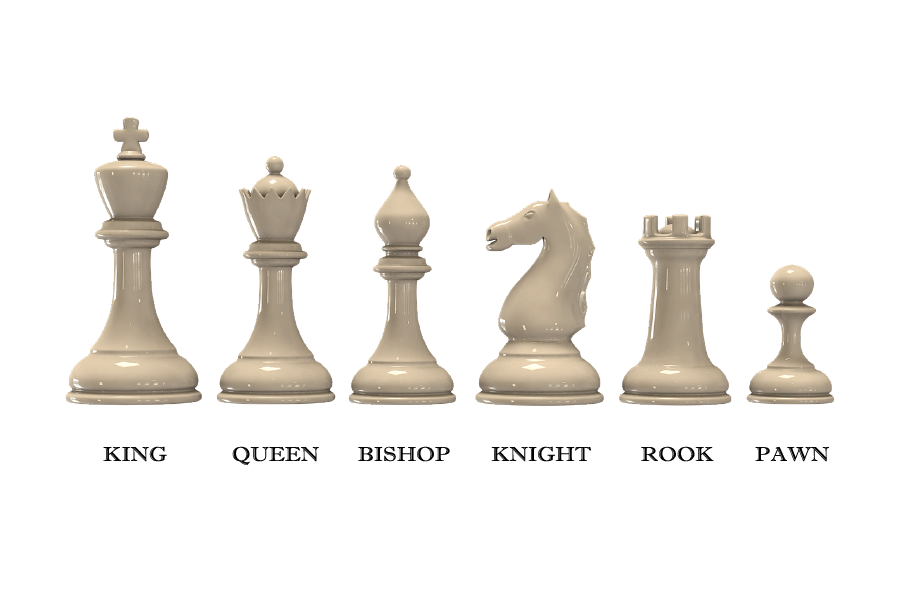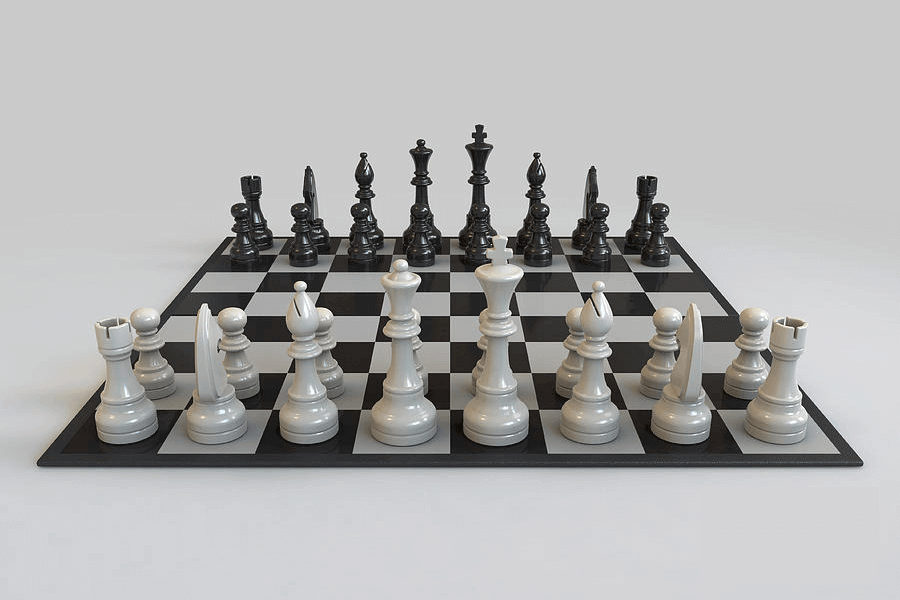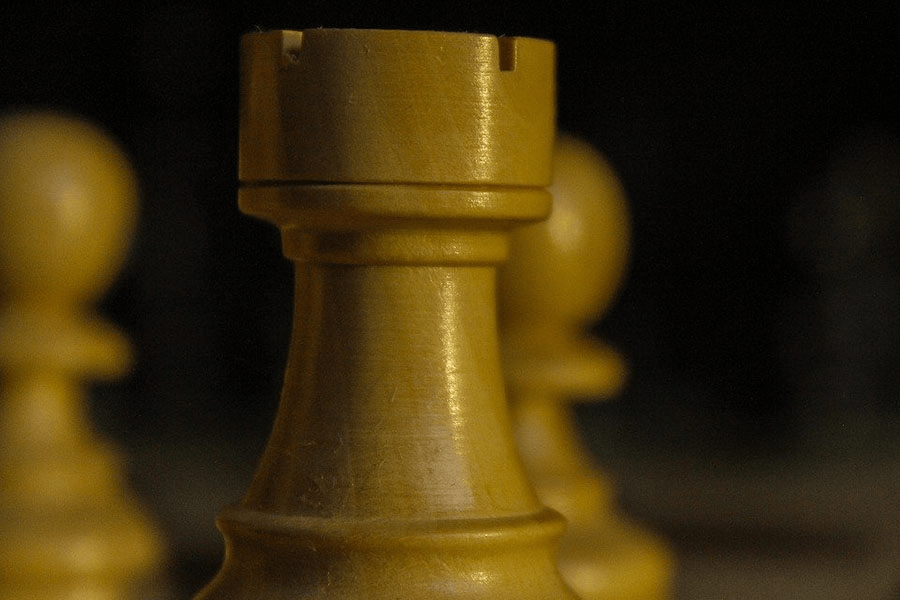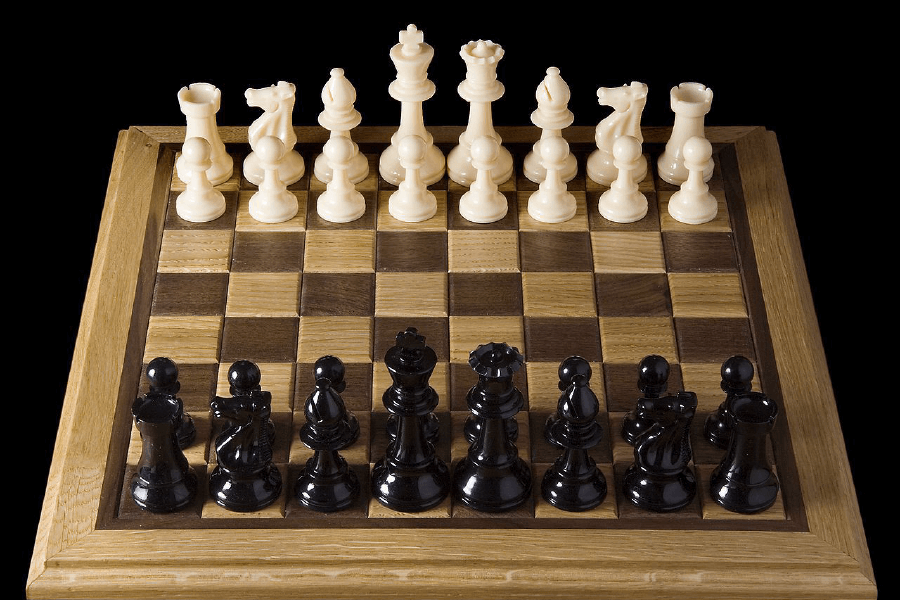Chess Rules & Instructions
How To Play Chess: Complete Guide For Beginners
Nobody knows exactly how long has chess been invented, or who were the first people playing it. We can catch sight of people playing chess almost everywhere: from the elderly musing silently at the sidewalk iced tea; to the teenagers competing with each other at school, at home; or even the grandmasters striving for the champion title in front of the luxury chess boards. Despite the high-performance tactics required to master the game, the rules are indeed very simple and easy to learn. This post provides you with all the basic knowledge you need to know about chess, for both beginners and long-term players who may have missed a couple of fundamental rules.
Table of Contents
Guide For Beginners – How To Set Up The Chess Board
Before setting up the board, we need to know the name of each piece. There are two colors of the chess pieces: light and dark (usually white and black). One player is in control of the white pieces, which is called “white” for short; while the other one is called “black”. White always goes first.

Each player gets one king, one queen, two bishops, two knights, two rooks, and eight pawns. The positions of the pieces are illustrated below.

A chess board consists of 64 squares with two colors (light and dark) in a checkered pattern. The rows are called ranks while the columns are referred to as files. When properly set up, the light square is in the bottom right-hand side.
The chess pieces are arranged symmetrical on both sides. On the first rank, the rooks stay at the corners, followed by the knights, then the bishops next to them. Meanwhile, the queen is put on the square matching its color (white queen on white square and vice versa). Finally the king is located on the last square. To complete the chess setting up, eight pawns are filled on the second rank.
Basic Rules – How To Win A Chess Game
Now that we have understood how to set up the chess board, it is time to figure out what the main rules of chess are.
Each player takes a turn making a single move in chess (one piece per move). A move is always needed, and players are not allowed to skip a turn.
All pieces, with the exception of the knight, cannot travel through other pieces and can never stay in the same square as other pieces with the same color. They can, however, be moved to replace an opponent’s piece, which is then captured and removed from the board.

A player wins when he/she traps the enemy king, making it unable to avoid being captured. This is called “check” if the king can still manage to escape, or “checkmate” if there are not any other ways to save the king. Depending on different situations, there are several strategies for the player to move the king out of check:
- The king is moved to a safe square.
- The attacker is captured, only in case there are no other pieces still attacking the king.
- Another piece between the king and the opponent’s threatening piece is moved to block the attack, only in case there are no other pieces still attacking the king.
How The Chess Pieces Move
1. Pawn
Pawns have a unique gameplay as they move forward yet capture diagonally. Pawns can only move one square ahead at a time, with the exception of their first move, which allows them to advance two squares forward (players can choose whether they move one or two squares on their first move). They can never move or capture in the reverse direction. A pawn cannot go through or capture another piece if it is right in front of it.
2. Rook
The rooks can move horizontally and vertically for as far as they want.
3. Knight
Knights move in a unique method compared to the other pieces. It goes two squares in one direction (forward, backward, sideways), and then one more square in a perpendicular way, forming an “L” shape. Knights are the only pieces that have the ability to jump over other pieces.
4. Bishop
The bishops can move diagonally for as far as they want. Each bishop starts the game on one color (light or dark) and must remain on that color at all times.
5. Queen
The queen is the most powerful piece. It can move in any one straight direction – horizontally, vertically, or diagonally for as far as it wants.
6. King
The king is the weakest and most vulnerable piece, but it is also the most important one and determines the result of a chess game. Up, down, to the sides, and diagonally, the king can only move one square in any direction. It is illegal for the king to move itself into check.
Advanced Chess Rules
1. Promoting Pawns
If a pawn reaches the opposite side of the board, it can become any other chess piece, except the king (or pawn, of course). The new piece takes the place of the pawn on its current square and moves according to the rules for that piece.

A pawn can be promoted to a queen, bishop, rook, or knight; but it is usually promoted to a queen, since it is considered the most powerful piece. The only piece that can be promoted is pawn.
2. En Passant
“En passant” is a French word for “in passing”. This rule only happens when the pawn moves two squares forward on its first move.

In case a player’s pawn could have legally captured the moving pawn if it had only moved one square instead of two, the player can declare en passant on his/her next turn and move the pawn diagonally onto the square through which the opponent pawn passed, capturing the pawn as if it had only moved one square. This special move must be performed as soon as the initial pawn has passed, or else the possibility to capture it would no longer be available.
As we can see from above, the pawn is the only piece that has a lot of special rules and distinctive movement. This makes the gameplay of chess much more strategic and interesting.
3. Castling
The last special rule and also probably the most complicated one is castling. This can only occur if the player’s king and rook have not moved since the beginning of the game, and there are no pieces between them.

During castling, the player moves his king two squares towards the rook with which they are castling, and then moves the rook from that side’s corner to right next to the king on the opposite side. Regardless of whether castling is performed with the king closer to the side of the board (kingside) or one square further away through the queen position on the board (queenside), the king only moves two squares.
Castling cannot be used if the king is under check. However, the position of the rook does not affect the capacity of a player to castle, even if it is under threat from an opponent’s piece.

